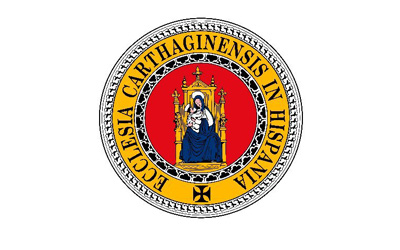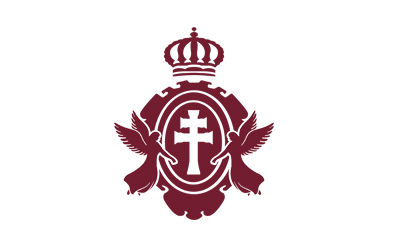To explore the Region of Murcia, you need your feet on the ground!
At each step you will find yourself experiencing sublime emotions, taking your spirit to otherworldly levels.
The Region of Murcia is a meeting point for Christianity, proof of which is that in 2003 Pope John Paul II granted Caravaca de la Cruz the celebration of a Holy Jubilee Year every seven years in perpetuity: Caravaca is only the fifth place in the world to be honoured in this way, after Rome, Jerusalem, Santiago de Compostela and Santo Toribio de Liébana, and 2024 is one of the years in which a Jubilee is being held.
Events
17 MAR
31 DIC
Three simple and healthy ...
Murcia
18 MAR
31 DIC
Spectacular landscapes unique ...
Murcia
10 MAY
31 DIC
Get to know the region of ...
Murcia
09 ENE
22 DIC
December 22 free concierto ...
Caravaca de La Cruz
06 FEB
24 NOV
November 24 free concierto ...
Caravaca de La Cruz
06 MAR
27 OCT
October 27 free concierto ...
Caravaca de La Cruz
02 ABR
29 SEP
Free guided tours of baroque ...
Murcia
02 ABR
28 SEP
Free guided tours of the ...
Murcia
02 ABR
21 SEP
Free guided tours of the ...
Murcia
03 ABR
29 SEP
September 29 free concierto ...
Caravaca de La Cruz










